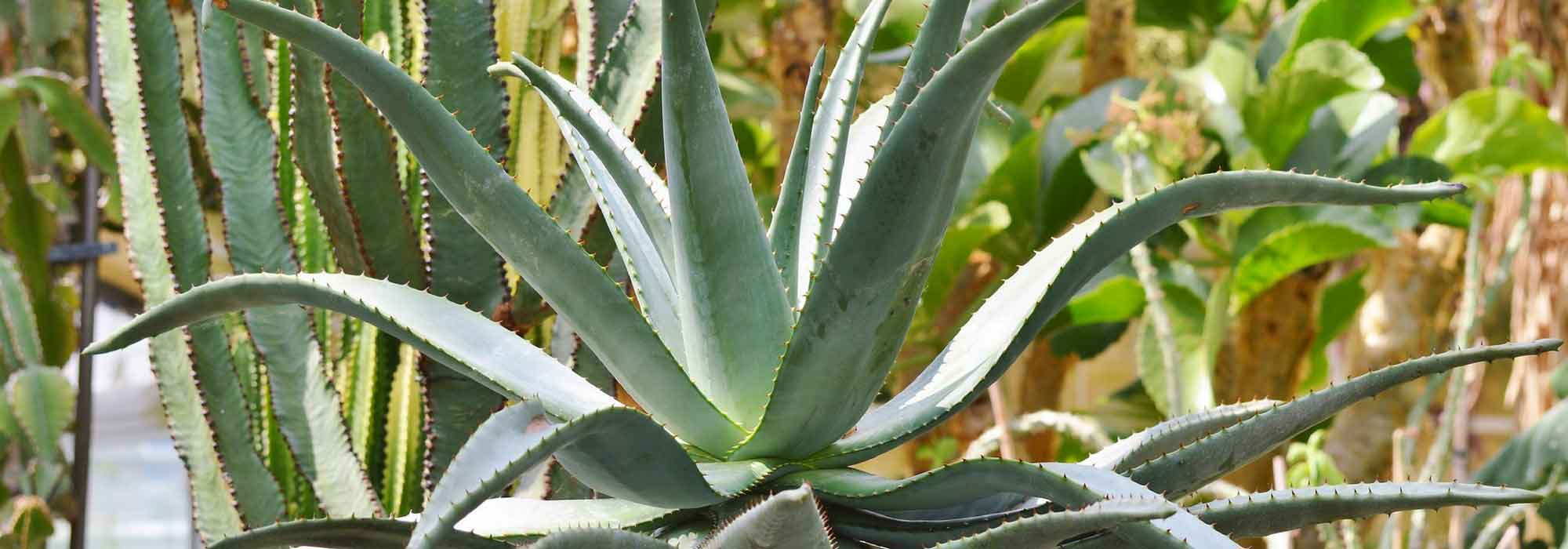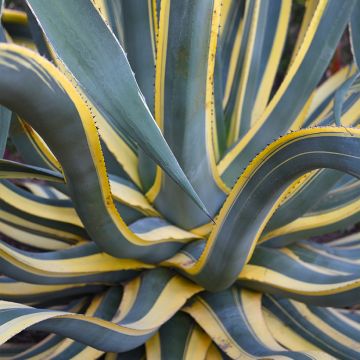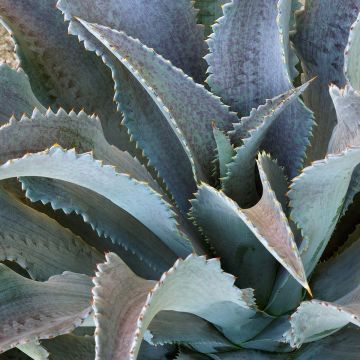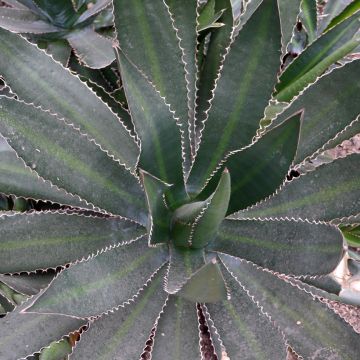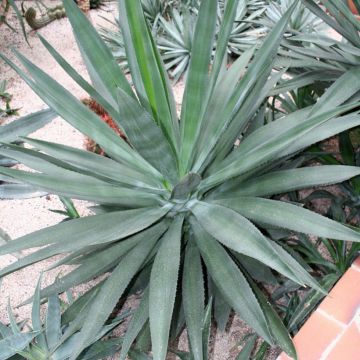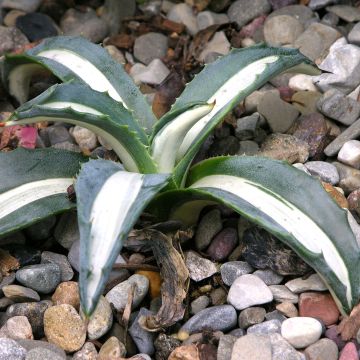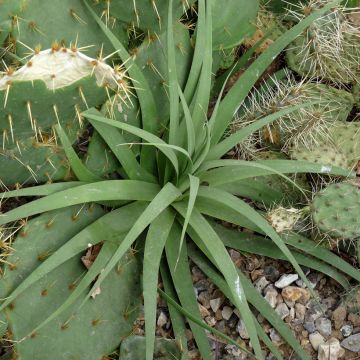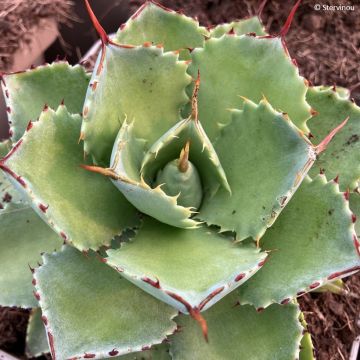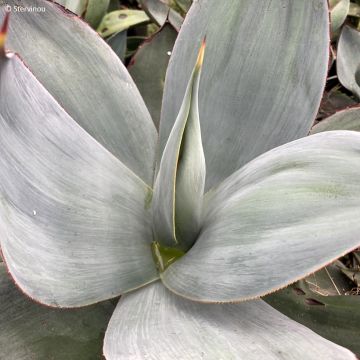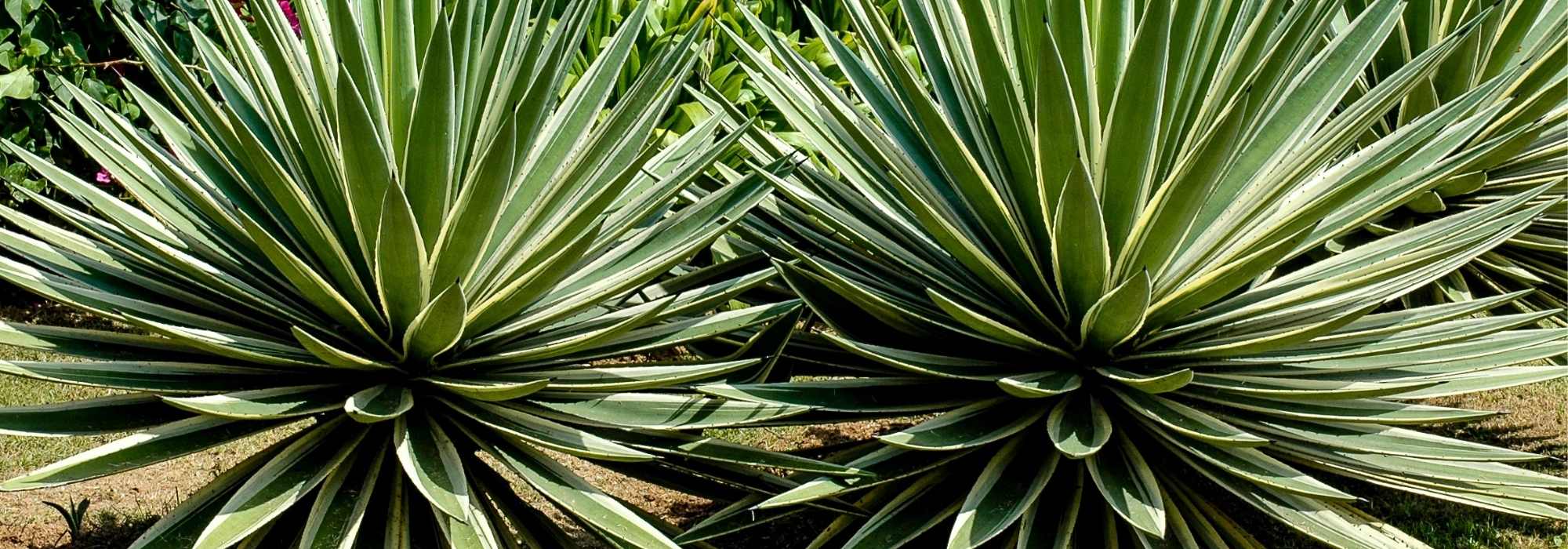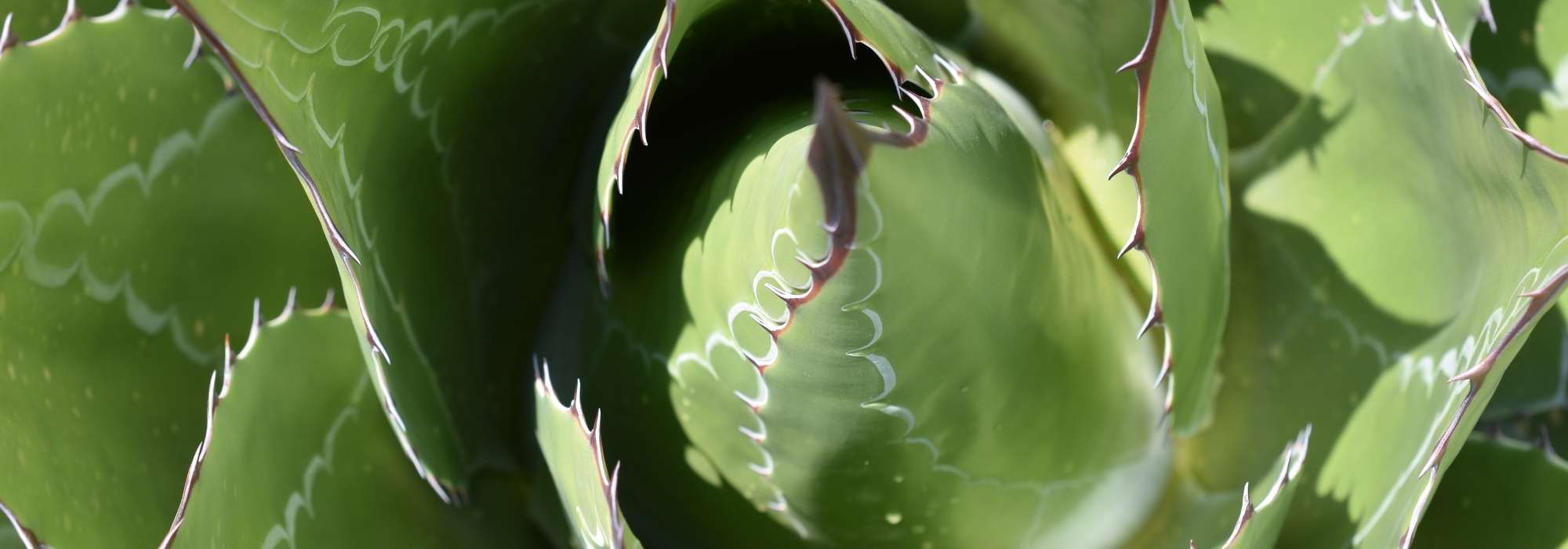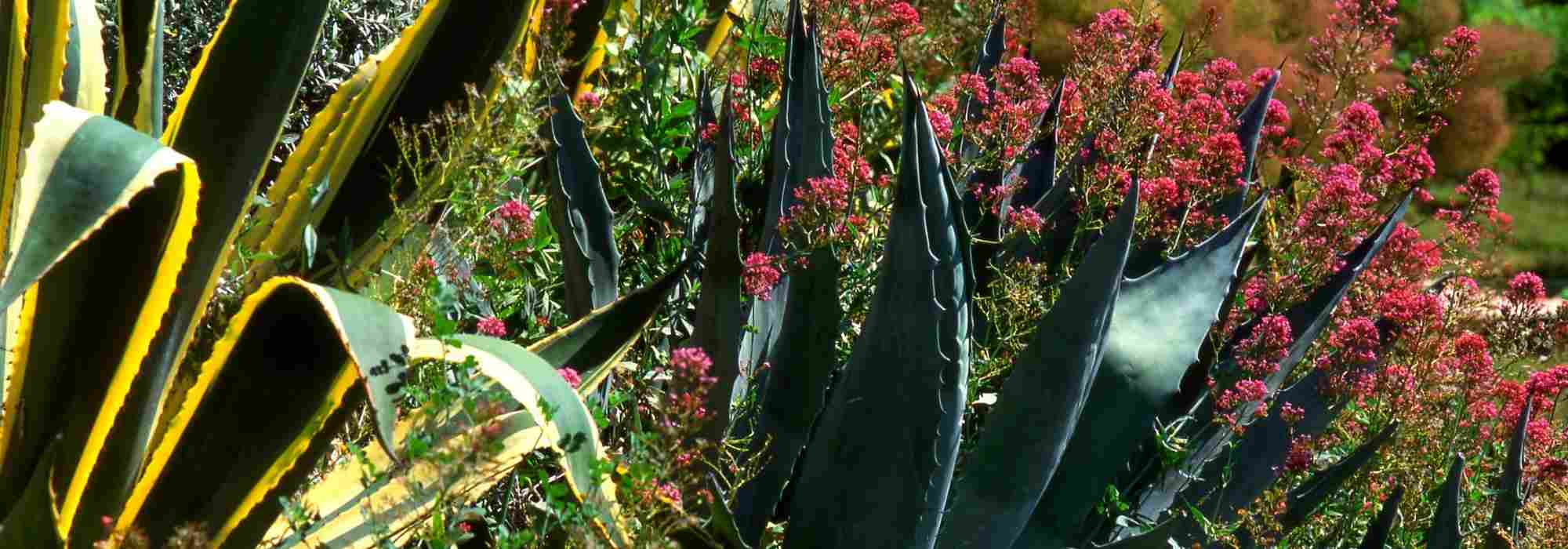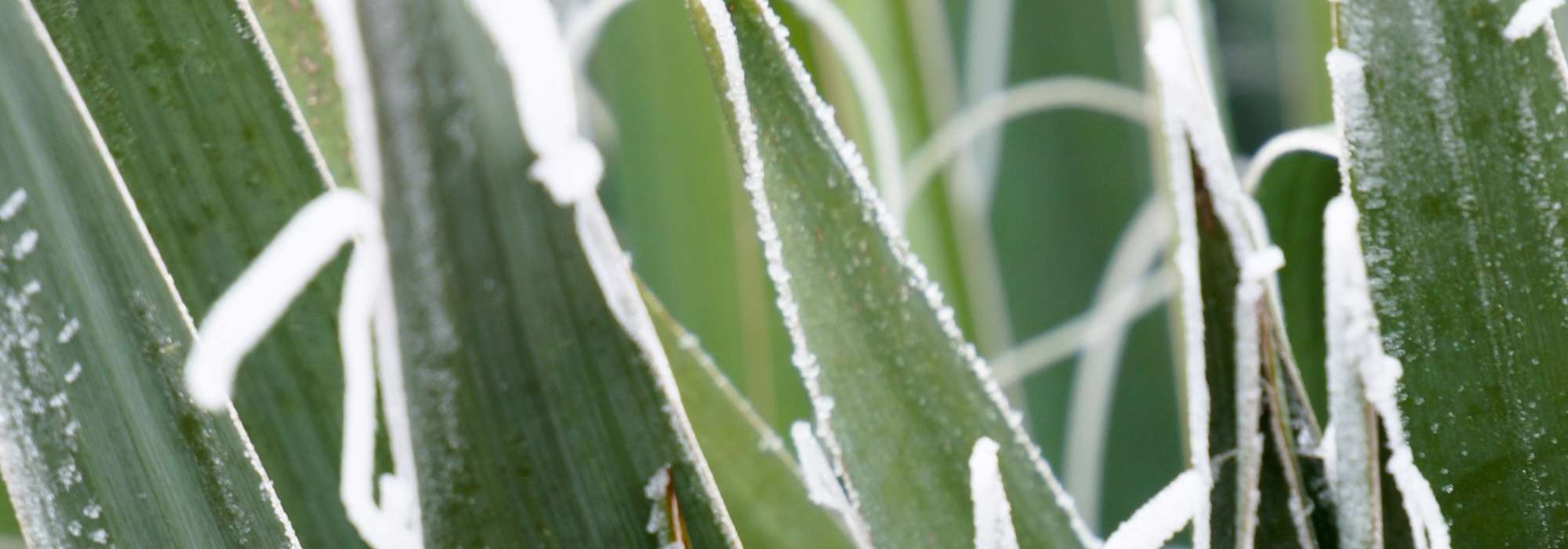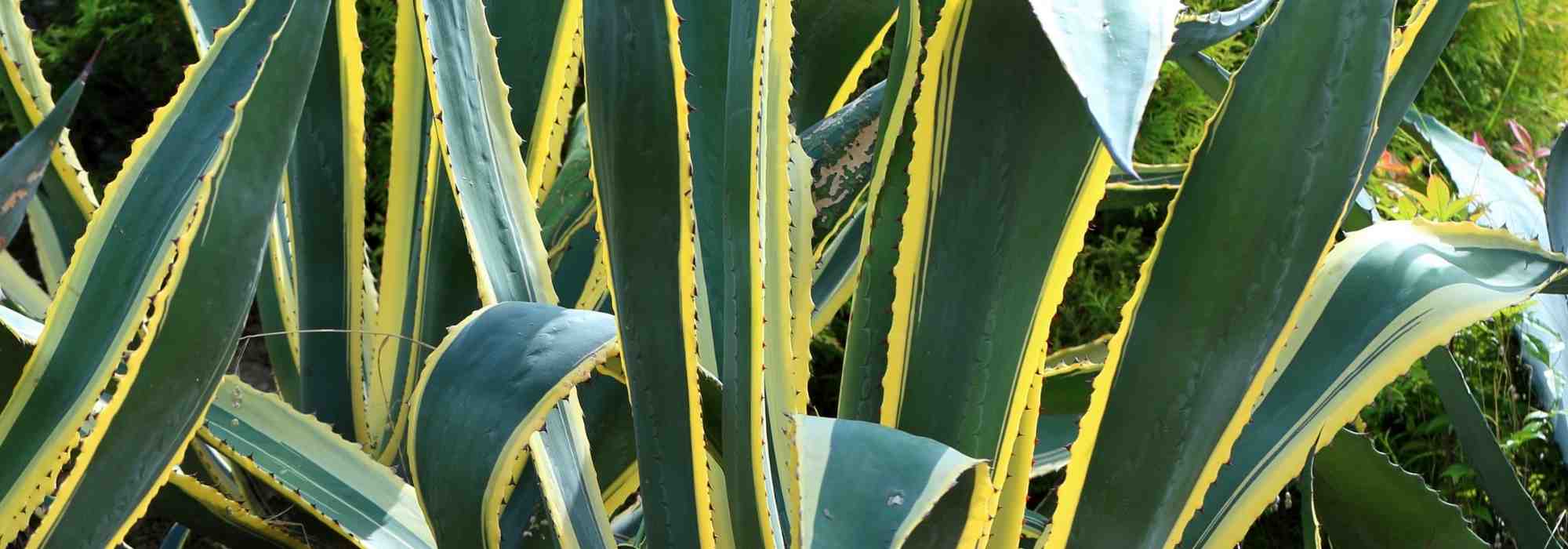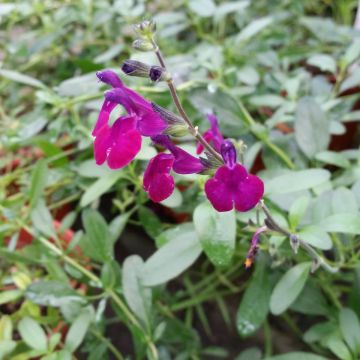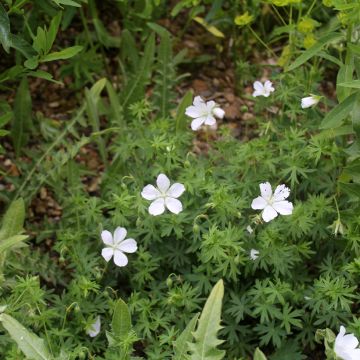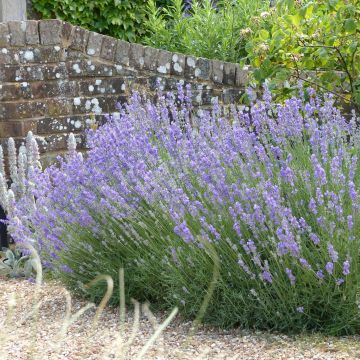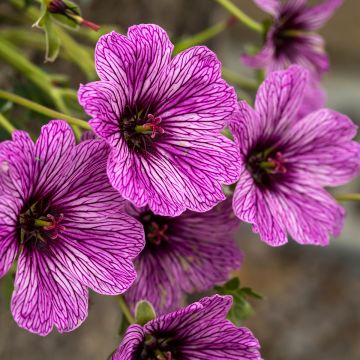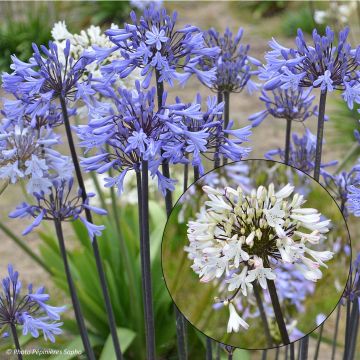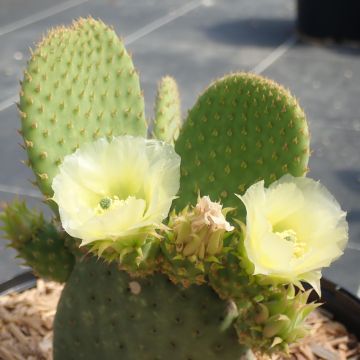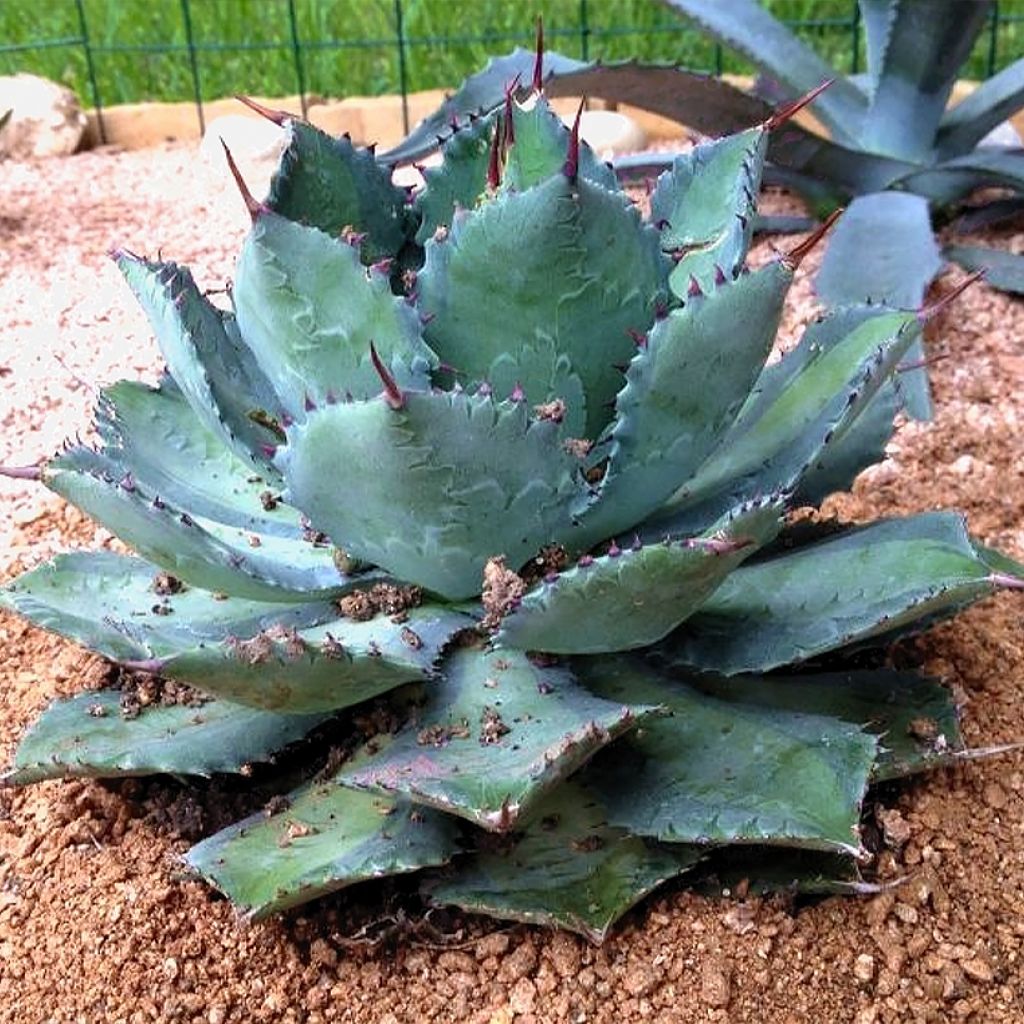

Agave isthmensis
Agave isthmensis
Agave isthmensis
Special offer!
Receive a €20 voucher for any order over €90 (excluding delivery costs, credit notes, and plastic-free options)!
1- Add your favorite plants to your cart.
2- Once you have reached €90, confirm your order (you can even choose the delivery date!).
3- As soon as your order is shipped, you will receive an email containing your voucher code, valid for 3 months (90 days).
Your voucher is unique and can only be used once, for any order with a minimum value of €20, excluding delivery costs.
Can be combined with other current offers, non-divisible and non-refundable.
Home or relay delivery (depending on size and destination)
Schedule delivery date,
and select date in basket
This plant carries a 12 months recovery warranty
More information
We guarantee the quality of our plants for a full growing cycle, and will replace at our expense any plant that fails to recover under normal climatic and planting conditions.
Would this plant suit my garden?
Set up your Plantfit profile →
Description
Agave isthmensis is a small-sized botanical species, native to Oaxaca, Mexico. It forms a rosette composed of short and very wide leaves, with a beautiful grey-blue colour with green reflections. The leaves end in a long spine and are bordered by small, decorative, reddish-brown spines. This succulent plant is not very hardy, but it is perfectly resistant to summer drought. In warm climates, it will thrive in an exotic rockery. In cool regions, it should be grown in pots, which allows it to be sheltered in winter.
Agave isthmensis, similar to Agave seemaniana, was only discovered in 1993 and is still a rare species in cultivation, making it difficult to assess its hardiness. Several sources indicate that it dies below -3°C (26.6°F) in dry soil. It belongs to the Asparagaceae family (formerly Agavaceae), just like Yuccas or tuberose. This perennial herbaceous succulent plant has rhizomes capable of producing suckers, but it is almost devoid of an above-ground stem, which takes the form of an extremely short, single trunk. The rosette will not exceed 50cm (20in) in diameter and about 60cm (24in) in height. Its growth is quite slow. It is composed of succulent, grey to glaucous, pruinose leaves with a marbled appearance. The leaves are thick, rigid, and spatulate. The leaf margins bear reddish-brown spines measuring 0.5 to 1.5cm (1in), which curve downward. Each leaf ends with a long, shiny, reddish-brown spine. When a rosette reaches the venerable age of 15 to 20 years, or even more, it produces a tall flowering stem with numerous horizontal branches. The branches bear flat and spherical panicles, composed of a myriad of small yellow-green tubular flowers. The rosette, known as semelparous, dies after several months of flowering. Adult plants produce a few daughter rosettes just below the mother rosette.
In very mild climates, this agave will find its place in a rockery, on a dry slope, or in a raised bed with soil enriched with gravel or coarse sand. It can be planted with prickly pears, other agaves, fairly hardy candelabra cacti (Cleistocactus strausii, Cylindropuntia imbricata), and ground-covering plants such as Ajania pacifica, all of which are equally undemanding. Gardeners in colder regions should grow it in full sun in a large pot on a terrace, carefully choosing the most sheltered spot to recreate a landscape inspired by the vast arid and wild spaces of Mexico. This plant should be overwintered in a very bright, airy place with minimal heating.
Agave isthmensis in pictures
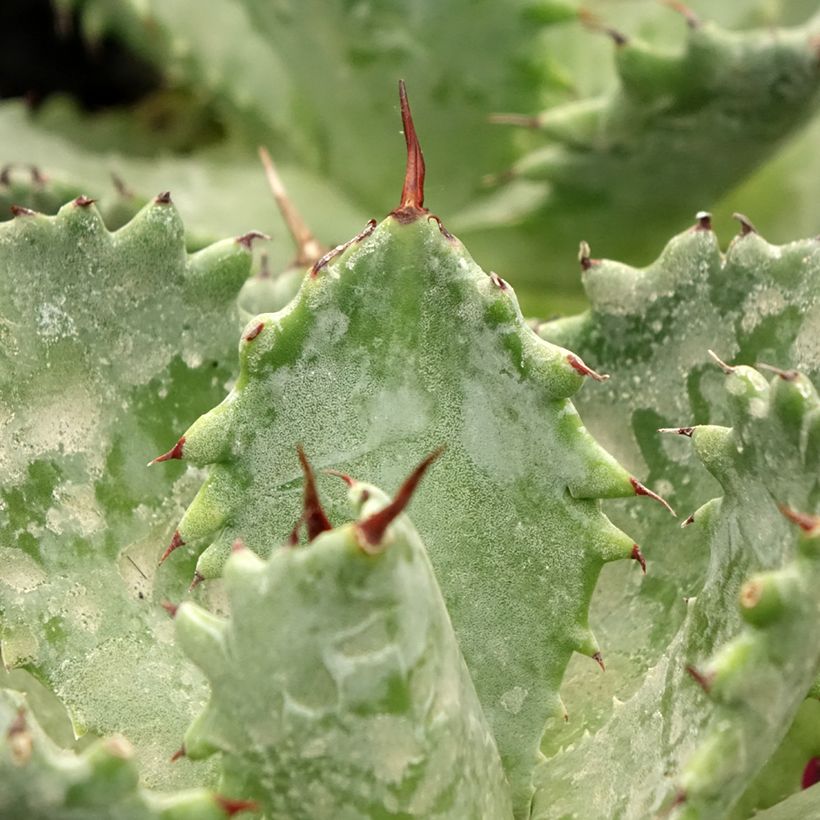

Flowering
Foliage
Plant habit
Botanical data
Agave
isthmensis
Asparagaceae
North America
Other Agave
View all →Planting and care
Position in full sun. Plant it in well-drained poor, rocky, limestone, or sandy soil. It does not tolerate winter humidity and cold. Its hardiness is evaluated at -3°C (26.6°F) in dry soil.
Since the plant has modest growth, it can easily be grown in a pot (preferably terracotta) on a terrace or balcony, in a lightweight substrate like cactus soil, with particularly careful drainage. Water regularly in summer, but allow the substrate to dry between 2 waterings. It will then be easy to store the pot away from strong frost and humidity, in a bright, well-ventilated, minimally or non-heated room. Reduce or even stop watering in winter. The plant can spend April to October outdoors.
Make sure to wear protective gloves when handling this plant.
Planting period
Intended location
Care
Planting & care advice
This item has not been reviewed yet - be the first to leave a review about it.
Similar products
Haven't found what you were looking for?
Hardiness is the lowest winter temperature a plant can endure without suffering serious damage or even dying. However, hardiness is affected by location (a sheltered area, such as a patio), protection (winter cover) and soil type (hardiness is improved by well-drained soil).

Photo Sharing Terms & Conditions
In order to encourage gardeners to interact and share their experiences, Promesse de fleurs offers various media enabling content to be uploaded onto its Site - in particular via the ‘Photo sharing’ module.
The User agrees to refrain from:
- Posting any content that is illegal, prejudicial, insulting, racist, inciteful to hatred, revisionist, contrary to public decency, that infringes on privacy or on the privacy rights of third parties, in particular the publicity rights of persons and goods, intellectual property rights, or the right to privacy.
- Submitting content on behalf of a third party;
- Impersonate the identity of a third party and/or publish any personal information about a third party;
In general, the User undertakes to refrain from any unethical behaviour.
All Content (in particular text, comments, files, images, photos, videos, creative works, etc.), which may be subject to property or intellectual property rights, image or other private rights, shall remain the property of the User, subject to the limited rights granted by the terms of the licence granted by Promesse de fleurs as stated below. Users are at liberty to publish or not to publish such Content on the Site, notably via the ‘Photo Sharing’ facility, and accept that this Content shall be made public and freely accessible, notably on the Internet.
Users further acknowledge, undertake to have ,and guarantee that they hold all necessary rights and permissions to publish such material on the Site, in particular with regard to the legislation in force pertaining to any privacy, property, intellectual property, image, or contractual rights, or rights of any other nature. By publishing such Content on the Site, Users acknowledge accepting full liability as publishers of the Content within the meaning of the law, and grant Promesse de fleurs, free of charge, an inclusive, worldwide licence for the said Content for the entire duration of its publication, including all reproduction, representation, up/downloading, displaying, performing, transmission, and storage rights.
Users also grant permission for their name to be linked to the Content and accept that this link may not always be made available.
By engaging in posting material, Users consent to their Content becoming automatically accessible on the Internet, in particular on other sites and/or blogs and/or web pages of the Promesse de fleurs site, including in particular social pages and the Promesse de fleurs catalogue.
Users may secure the removal of entrusted content free of charge by issuing a simple request via our contact form.
The flowering period indicated on our website applies to countries and regions located in USDA zone 8 (France, the United Kingdom, Ireland, the Netherlands, etc.)
It will vary according to where you live:
- In zones 9 to 10 (Italy, Spain, Greece, etc.), flowering will occur about 2 to 4 weeks earlier.
- In zones 6 to 7 (Germany, Poland, Slovenia, and lower mountainous regions), flowering will be delayed by 2 to 3 weeks.
- In zone 5 (Central Europe, Scandinavia), blooming will be delayed by 3 to 5 weeks.
In temperate climates, pruning of spring-flowering shrubs (forsythia, spireas, etc.) should be done just after flowering.
Pruning of summer-flowering shrubs (Indian Lilac, Perovskia, etc.) can be done in winter or spring.
In cold regions as well as with frost-sensitive plants, avoid pruning too early when severe frosts may still occur.
The planting period indicated on our website applies to countries and regions located in USDA zone 8 (France, United Kingdom, Ireland, Netherlands).
It will vary according to where you live:
- In Mediterranean zones (Marseille, Madrid, Milan, etc.), autumn and winter are the best planting periods.
- In continental zones (Strasbourg, Munich, Vienna, etc.), delay planting by 2 to 3 weeks in spring and bring it forward by 2 to 4 weeks in autumn.
- In mountainous regions (the Alps, Pyrenees, Carpathians, etc.), it is best to plant in late spring (May-June) or late summer (August-September).
The harvesting period indicated on our website applies to countries and regions in USDA zone 8 (France, England, Ireland, the Netherlands).
In colder areas (Scandinavia, Poland, Austria...) fruit and vegetable harvests are likely to be delayed by 3-4 weeks.
In warmer areas (Italy, Spain, Greece, etc.), harvesting will probably take place earlier, depending on weather conditions.
The sowing periods indicated on our website apply to countries and regions within USDA Zone 8 (France, UK, Ireland, Netherlands).
In colder areas (Scandinavia, Poland, Austria...), delay any outdoor sowing by 3-4 weeks, or sow under glass.
In warmer climes (Italy, Spain, Greece, etc.), bring outdoor sowing forward by a few weeks.






























